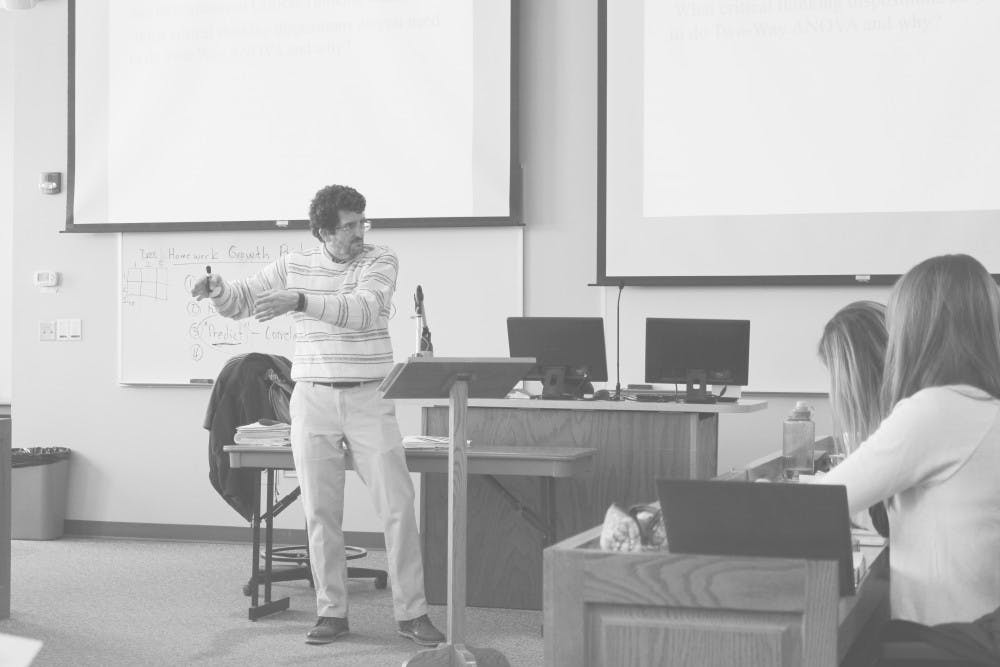By G. Connor Salter | Contributor

Professors are becoming students again by taking part in an initiative designed to better integrate critical thinking into the classroom.
Three years ago, psychology professor Steve Snyder partnered with the Bedi Center for Teaching and Learning Excellence to teach strategic reasoning skills to faculty members.
"We all teach critical thinking implicitly," said Faye Chechowich,dean of faculty development and director of the Bedi Center for Teaching and Learning Excellence. "But what (Taylor professors learn) is there are strategies to teach critical thinking skills explicitly."
Snyder, who has been experienced in critical thinking studies since 1989, agreed with Chechowich's suggestion but felt the Bedi Center should develop the idea even further. He believed that effective faculty development required more than a brief lunchtime session; it needed to be a long-term process of classroom observation and ongoing integration.
The original workshop idea has since developed into what the Bedi Center refers to as "critical thinking initiatives." Every summer, four or five professors meet with Snyder for a week, and he shows them ways to connect critical thinking skills and dispositions to teaching strategies they already use.
Once the fall semester begins, Snyder assigns a psychology student to observe each participating professor's classroom. The student, a member of Snyder's undergraduate research team, gives students a pretest on critical thinking and notes ways the professor integrates critical thinking skills.
At the end of the semester, Snyder and the research student give the professor's class a posttest on critical thinking. They then issue reports on students' improvement and areas still needing growth.
"What we have found is it takes about two semesters to really effectively integrate the information into the class," Snyder said.
Snyder and his research students recently reviewed the last three and a half years of the initiative, and found a large practical difference between what students knew about critical thinking before and after their professors took part in the initiative.
Scott Gaier, who teaches Taylor students how to research and compose master theses in the Master of Arts in Higher Education program, said that his students developed in unexpected new ways as he took part in the critical thinking initiative.
"What I'm beginning to hear from my students is that as they work through these ideas, these skills and dispositions . . . they are becoming better decision-makers," Gaier said.
The initiative goes beyond just helping Taylor students use critical thinking, though. It also helps participating professors understand critical thinking better.
"They're brilliant minds," Snyder said about his colleagues. "They already have methods that are excellent, and a lot of times when I share this (critical thinking) with them it's like the missing puzzle piece that helps them go a second level in their ability to teach."
Exercise science professor Matt Renfrow, a participant in the study, keeps a list of the dispositions on his desktop for quick reference.
"I've definitely gained a solid understanding of the CT dispositions as well as many skills," Renfrow said. "It's a long road to fully understand and integrate the dispositions and skills into every course, but I certainly think it's a fruitful journey."





